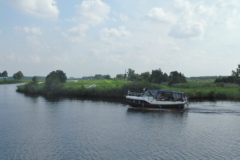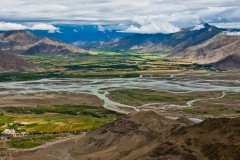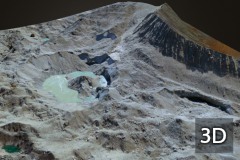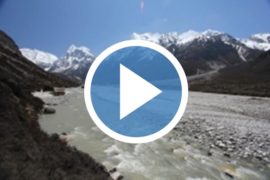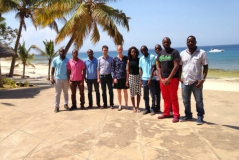Year: 2016
28 January 2016
Innovation project ‘Dike monitoring with Flying Sensors’ completed
On Thursday the 21st of January the innovation project “Dike monitoring with Flying Sensors” was concluded with a meeting at the head office of “Wetterskip Fryslân” (the water board of Friesland). During the afternoon the results of the Dike monitoring project, which had a duration of one and a half year, were presented by FutureWater,...
20 January 2016
New approach to select climate models for impact studies
Climate change impact studies depend on projections of future climate provided by climate models. The selection of an ensemble of climate models is not straightforward, but defines the outcome of climate change impact studies to a large extent. A new approach to select representative climate models was developed by FutureWater in collaboration with Alterra Wageningen...
18 January 2016
FutureWater develops 3D model of Langtang glacier in Nepal
FutureWater developed a 3D model of the Langtang glacier in Nepal, made using our UAV data. The model can also be viewed in 3D by using Google Cardboard.
12 January 2016
Documentary on climate change in the Himalayas
The Himalayas and adjacent mountain ranges are an important source of water for more than 25% of the global population. However, it is unknown how much snow and rain falls in those vast mountain ranges, because of the lack of observations and the inaccessibility of the terrain. Understanding how much water is available in the...
7 January 2016
Training weeks on water resources and water allocation modelling for ARAs in Pemba, Mozambique
In order to have a stronger advisory role towards policy and decision makers and people living in their management areas, three ARAs (water boards) of Mozambique require knowledge on how-to use and apply Water Resources and Water Allocation Models. Because the ARAs were facing a knowledge constraint on these topics, they requested a Tailor-Made Training...
4 January 2016
Webinar on the Asian Water Towers and Climate Change
The high mountain ranges in Asia are also called the Asian Water Towers, providing water resources for the densely populated downstream areas, where millions of people depend on the water coming from upstream. The water generated in the high Asian mountains feeds into the world’s largest irrigation schemes and reservoirs. Downstream water demands are high,...
